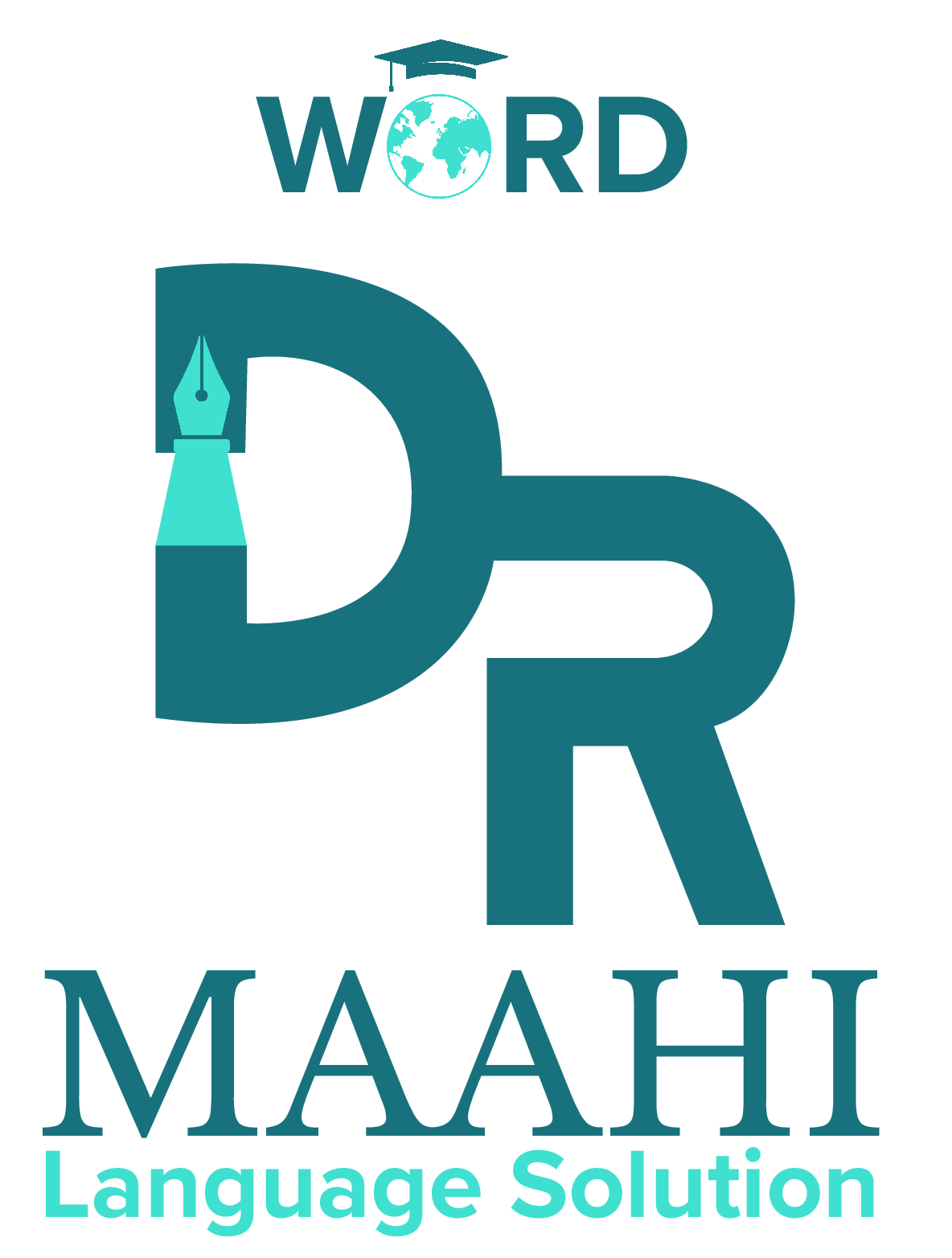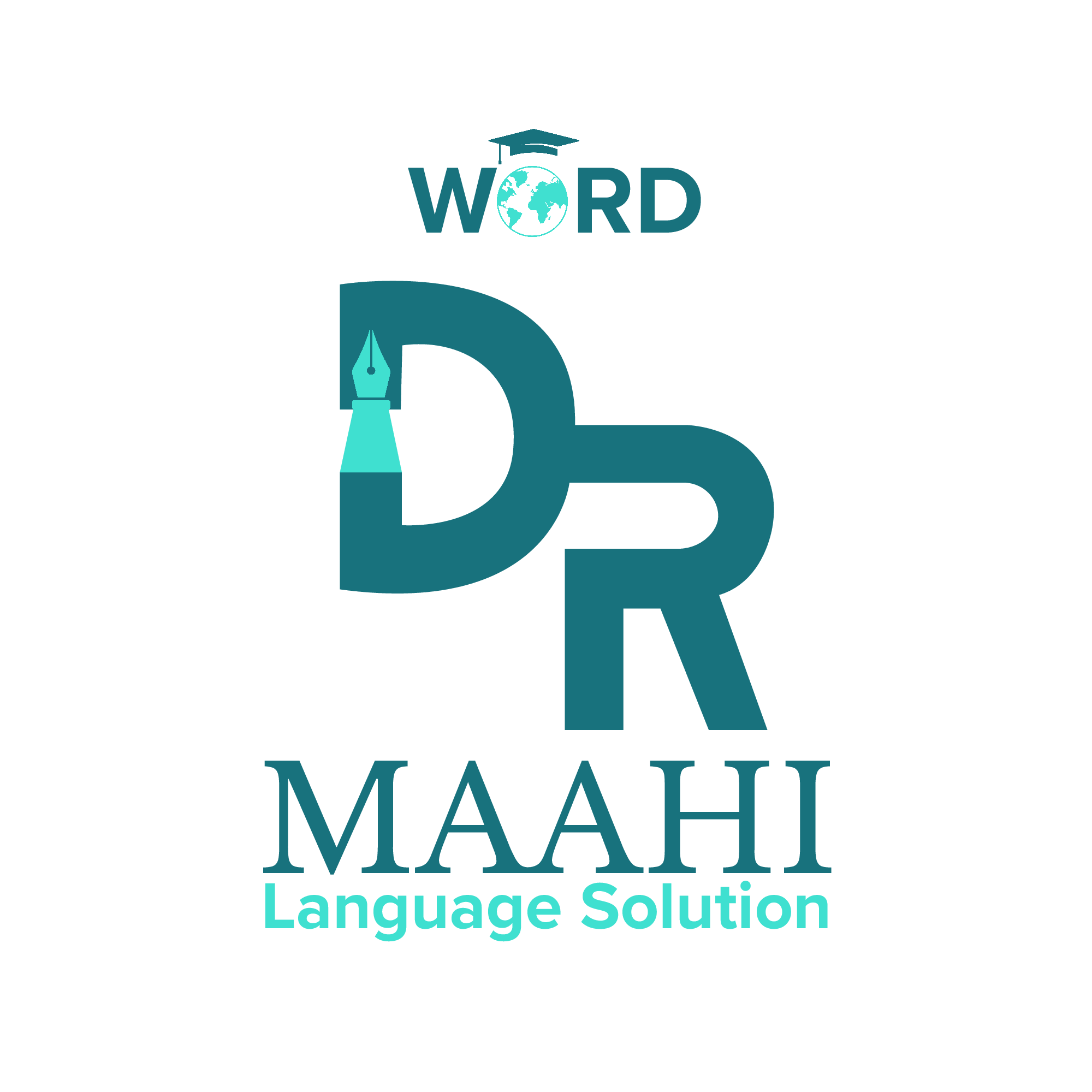
When creating content for a brochure, it’s essential to focus on capturing attention, conveying information clearly and concisely, and encouraging action from the reader. Here’s a structured outline for brochure content:
Cover Page:
- Eye-catching design with your company logo and a compelling headline.
- Visual elements that reflect your brand identity and capture the reader’s interest.
Introduction:
- Welcome message or brief introduction to your company, product, or service.
- Highlight key benefits or unique selling points that differentiate your offering.
About Us:
- Overview of your company’s history, mission, values, and core competencies.
- Highlight any awards, certifications, or achievements that showcase credibility and expertise.
Products or Services:
- Description of your main products or services, including features, specifications, and benefits.
- Use visuals such as photographs, illustrations, or diagrams to showcase your offerings.
- Include pricing information if applicable, or direct readers to contact you for a quote.
Testimonials:
- Quotes or testimonials from satisfied customers or clients that validate the quality and effectiveness of your products or services.
- Include the customer’s name, photo (if available), and affiliation for added credibility.
How It Works (if applicable):
- Step-by-step explanation of how your product or service works or how customers can benefit from it.
- Use simple language and visuals to make complex concepts easy to understand.
Benefits:
- Highlight the specific benefits or solutions that your products or services offer to customers.
- Focus on addressing pain points or challenges that your target audience may have.
Call to Action:
- Encourage readers to take the next step, whether it’s visiting your website, contacting you for more information, or making a purchase.
- Use actionable language and provide clear instructions on what you want the reader to do next.
Contact Information:
- Provide multiple ways for readers to get in touch with you, such as phone number, email address, website URL, and physical address.
- Include social media icons or links to your social media profiles for additional engagement.
Closing:
- Thank the reader for their interest and consideration.
- Reiterate the value proposition or key benefits of your products or services.
- Encourage readers to reach out with any questions or inquiries.
Remember to keep your content concise, focused, and visually appealing to maintain the reader’s attention and effectively communicate your message. Use high-quality images, engaging headlines, and clear formatting to enhance readability and impact.






